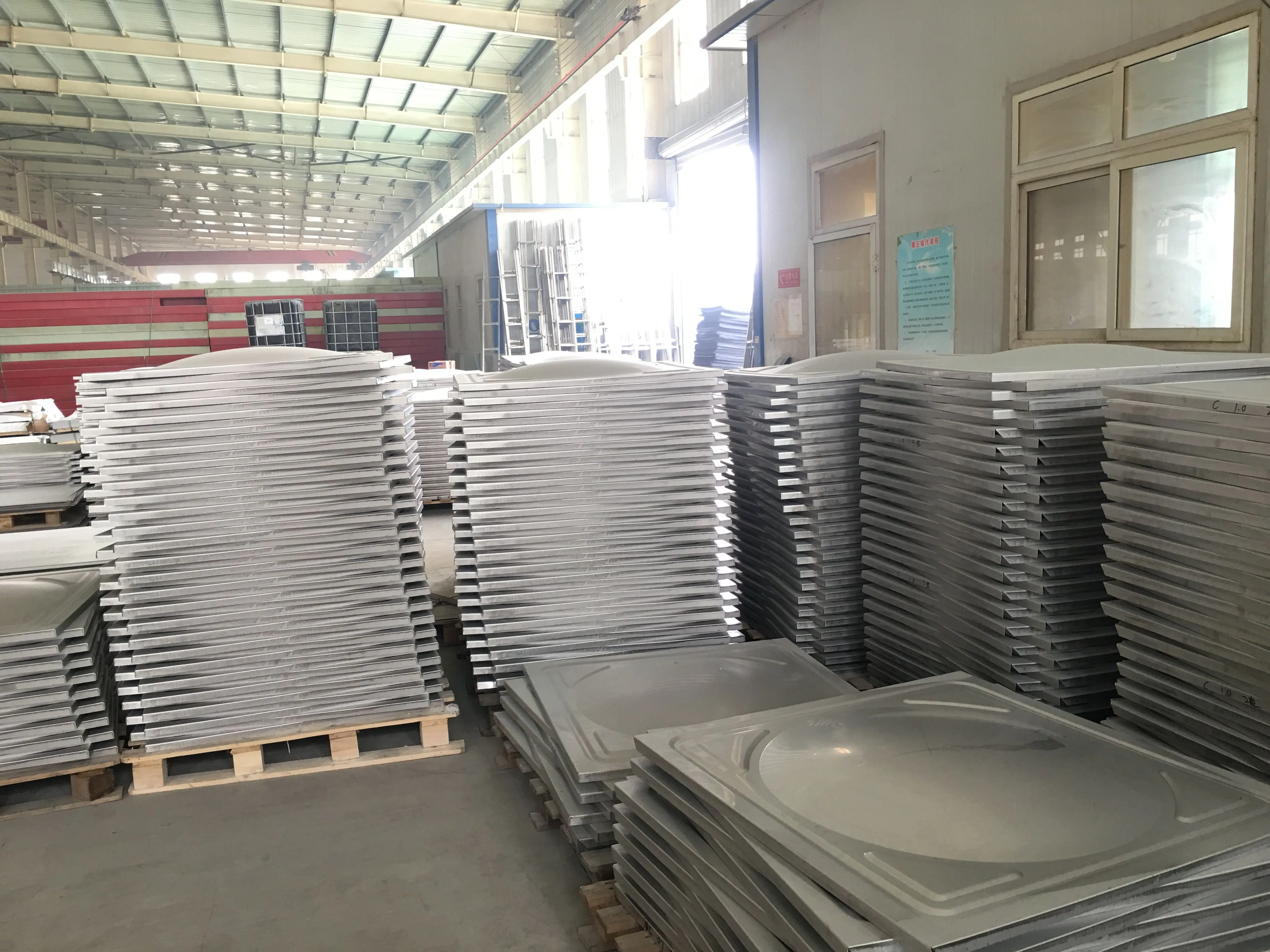loading...
- No. 9, Xingyuan South Street, Dongwaihuan Road, Zaoqiang County, Hengshui, Hebei, China
- admin@zjcomposites.com
- +86 15097380338
- Welcome to visit our website!
High-Quality Fiberglass Grate Panels | Durable & Lightweight Solutions
The Advantages of Fiberglass Grate Panels
In various industries and applications, the choice of materials can significantly influence efficiency, safety, and longevity. One such material that has gained popularity is fiberglass grate panels. These panels offer a unique solution for platforms, walkways, and other surfaces requiring strength, durability, and safety. Understanding the advantages of fiberglass grate panels can enlighten decision-makers across multiple sectors, including construction, manufacturing, and environmental management.
Fiberglass grate panels are primarily composed of fiberglass reinforced plastic (FRP), a composite material known for its exceptional strength-to-weight ratio. This attribute makes fiberglass grates lighter than traditional materials like steel or concrete, facilitating easier installation and reducing the structural support needed. Less weight means lower costs in transportation and handling, making fiberglass an economical choice.
One of the standout features of fiberglass grate panels is their corrosion resistance. Unlike metal grates that can rust and deteriorate over time when exposed to harsh chemicals or environmental conditions, fiberglass does not corrode. This makes it an excellent choice for use in chemical plants, wastewater treatment facilities, and other environments where aggressive substances are prevalent. The longevity of fiberglass panels also means reduced replacement costs over the long term, further enhancing their cost-effectiveness.
fiberglass grate panels

Safety is another critical concern when it comes to flooring and grating systems. Fiberglass grate panels typically come with a textured surface that provides excellent slip resistance, reducing the risk of accidents in wet or oily conditions. This feature is paramount in industrial and commercial settings where employee safety is a top priority. Additionally, fiberglass grates are fire-resistant, often meeting or exceeding safety standards, which adds another layer of protection in environments where fire hazards are a concern.
Moreover, fiberglass grate panels are versatile. They can be engineered to meet specific load requirements, making them suitable for lightweight applications such as catwalks or more robust needs like supporting heavy machinery. This adaptability allows architects and engineers to implement fiberglass grates in various innovative designs without compromising structural integrity.
The environmental impact of materials used in construction is becoming increasingly important. Fiberglass production is often less resource-intensive compared to traditional materials, and the durability of fiberglass means it doesn’t need to be replaced as frequently. Thus, choosing fiberglass grate panels aligns with sustainability goals by minimizing waste and conserving resources.
In conclusion, fiberglass grate panels represent a modern solution that combines strength, safety, and versatility. Their resistance to corrosion, slip-resistance, and environmentally friendly characteristics make them ideal for a wide range of applications. As industries continue to prioritize efficiency and sustainability, the incorporation of fiberglass grates into design and construction practices will likely become more prevalent, signaling a shift towards smarter, more durable building materials. Whether in industrial, commercial, or even residential projects, fiberglass grate panels are an investment worth considering.
-
Transform Your Spaces with FRP Grating SolutionsNewsNov.04,2024
-
The Versatility and Strength of FRP RodsNewsNov.04,2024
-
The Excellence of Fiberglass Water TanksNewsNov.04,2024
-
The Benefits of FRP Grating for Your ProjectsNewsNov.04,2024
-
Elevate Your Efficiency with FRP Pressure VesselsNewsNov.04,2024
-
Welcome to the World of FRP Pressure VesselsNewsOct.12,2024
-
Unveiling the Future of Filtration: Why FRP Filter Vessels are a Game ChangerNewsOct.12,2024
